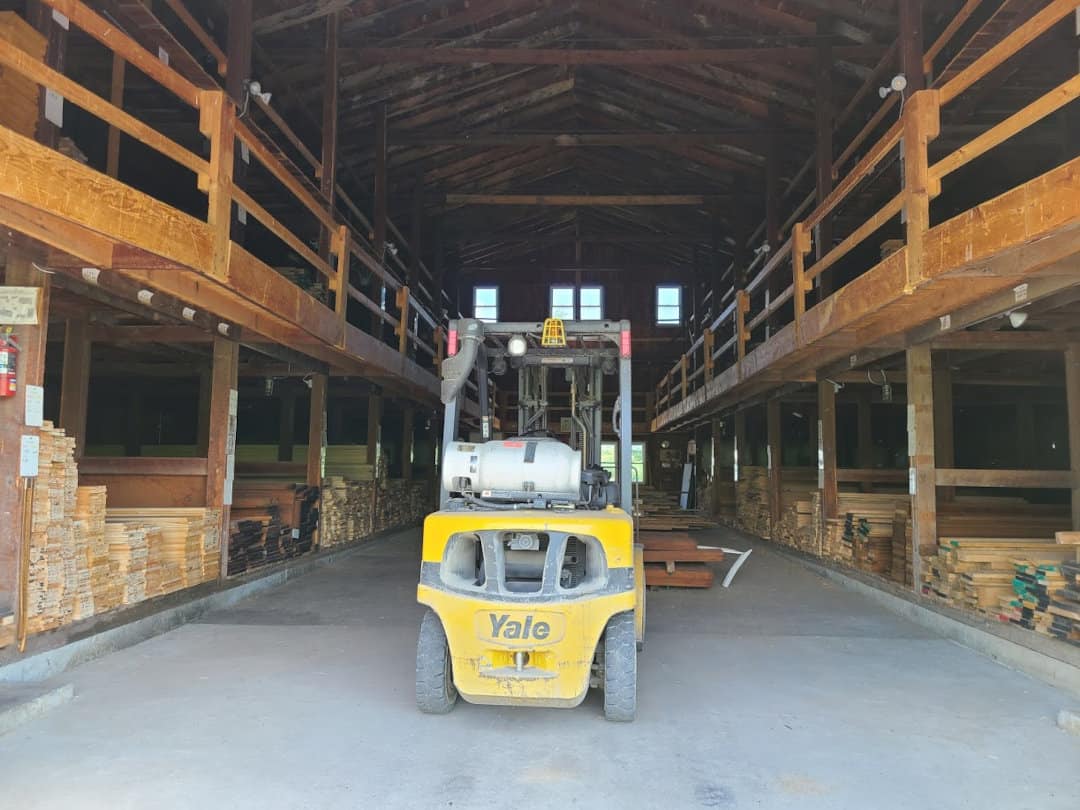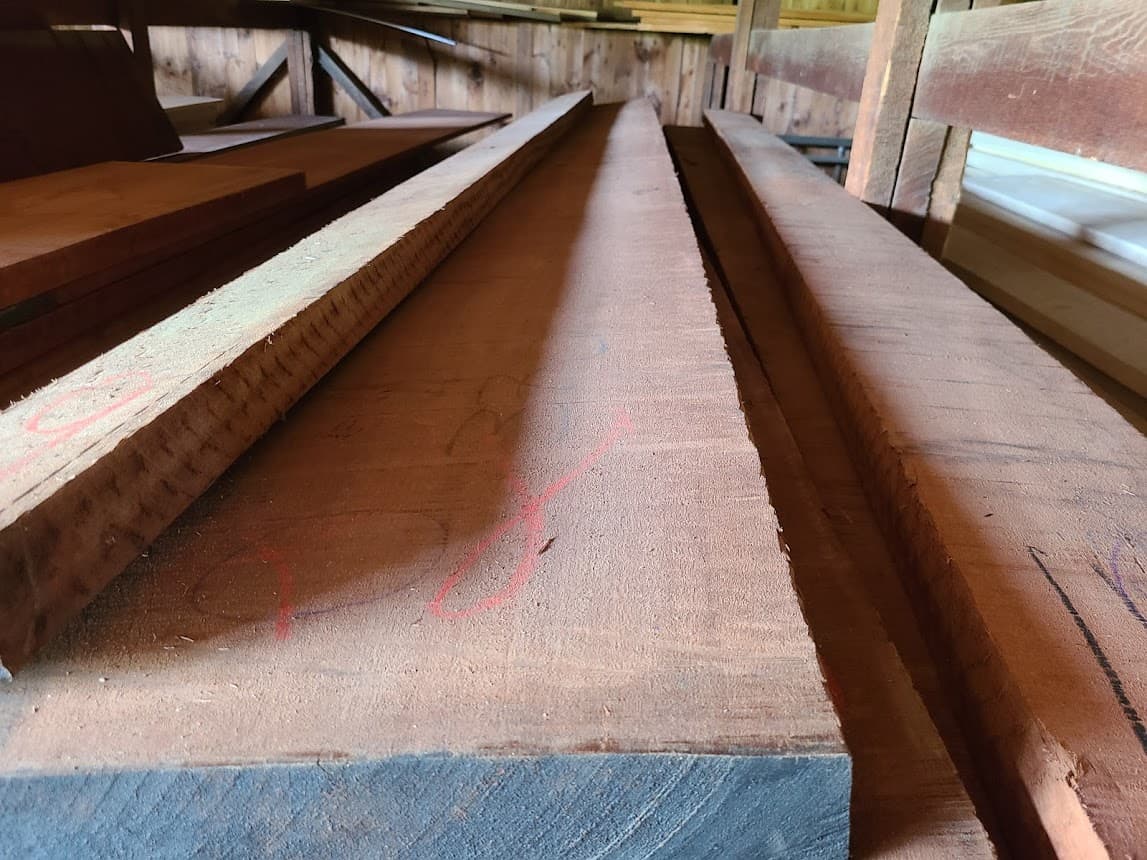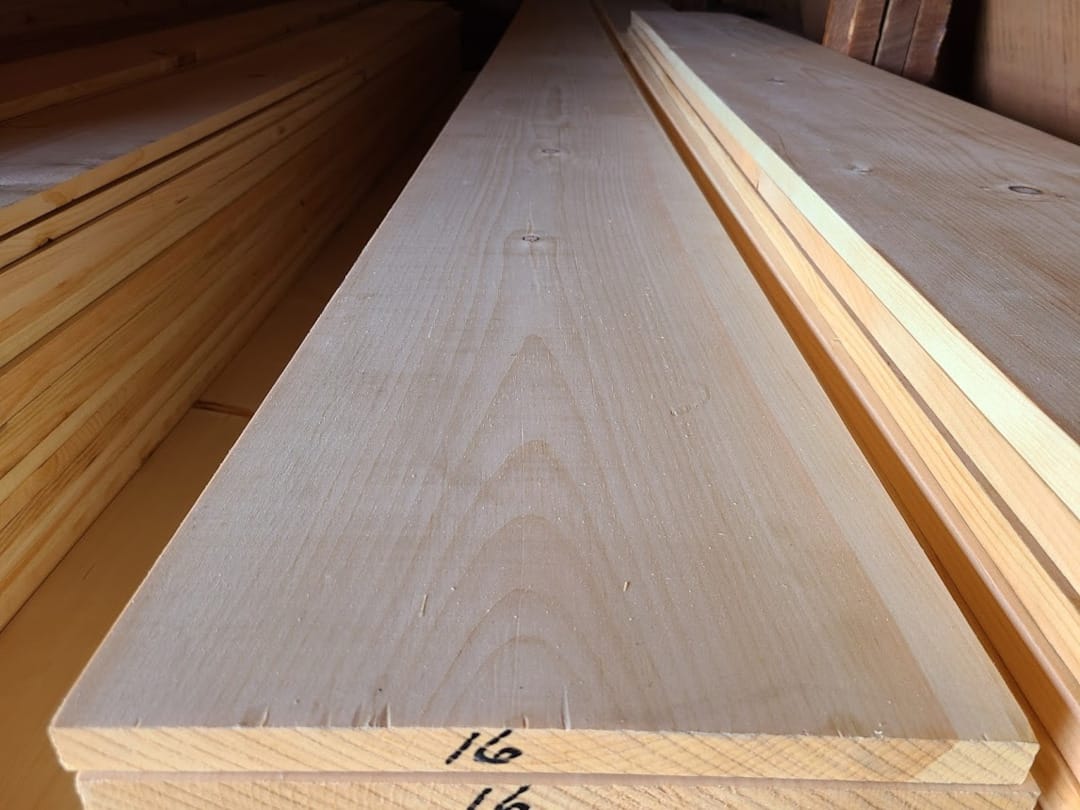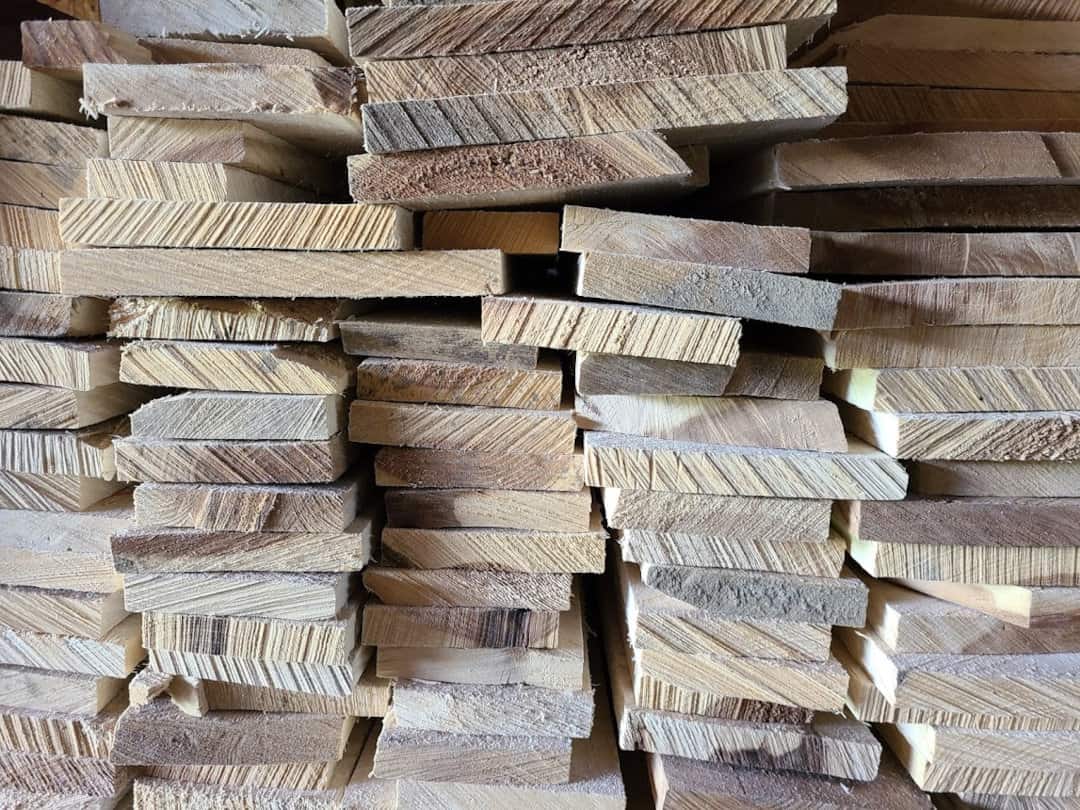Lumber and Shorts
In Stock And Ready For You
At Bailey Wood Products, we stock over 20 different species of domestic and exotic hardwoods. Our inventory is constantly changing, so if you are looking for a specific item, please give us a call at 610-756-6827 to see if we have it in stock. If we do not have what you are looking for, we can draw from our various resources to quickly locate the product for you.
Wood Blanks
Bailey Wood Products supplies its customers with blanks of material that they can shape or mold into a variety of products. This is a preliminary step to molding into finished products such as flooring, moldings, or other millwork. Some of our customers find it beneficial to have us size the stock for them reducing shop time and labor. We can size material on our straight-line rip saw to specific widths. We have also installed a Tiger stop (CNC controlled measuring system) to aid us in the ability to accurately and efficiently cut stock to specific lengths.
If you do woodturning, we can rip stock to specific widths. For those customers that produce custom baseball bats, we saw and kiln dry Ash and occasionally Maple for bat blanks. We have the capability to produce some glued squares for specialty items. Recently, we manufactured glued blanks for pencil post beds out of Curly Maple.

Frequently Asked Questions About Lumber And Shorts
My Project Requires A Large Quantity. Can You Accomodate?
Please call Bailey Wood Products so we can give you up-to-date information on our current in-stock inventories. With proper lead time, we can usually facilitate any project requirements.
I Need Surfacing Done To My Order. Can You Help?
Some quick text about what you can do
Understanding Waste
After determining the exact board footage necessary for your project, add the waste factor to the exact measurement as a guideline to determine the amount of rough lumber needed for construction.
The following species should add an additional 20% to the exact measurement.
African Mahogany, Sapele, Bubinga, Padauk, Bloodwood, Yellowheart, Purpleheart, and Lacewood
The following species should add an additional 25% to the exact measurement.
Red Oak, White Oak, Poplar, Ash, Birch, Pine, Sassafras, Basswood, Catalpa, Sycamore, Wenge, African Cherry (Makore), Brazilian Cherry (Jatoba), Western Red Cedar, Spanish Cedar
Hard and Soft Maple
Our Maple is selected for Sap on a minimum of one face, and a lot of the stock is white on both faces. Unless the stock is listed as unselected for color, where there is a high percentage of brown heartwood, we recommend using a 25% waste factor.
Hickory
Hickory coloration varies from light sap white to many hues of brown intermixed with the light sap color. Our stock varies from kiln load to kiln load. If you are looking for a greater amount of one color over another it is best to call and inquire about the variation of the coloration of the stock in inventory at present. Depending on the coloration of your finished product we would recommend using a waste factor of 30% - 50% depending upon the color variation you are looking for in the finished product. Hickory is also very difficult to machine due to its hard stringy grain. Based upon its working properties it is also advisable to make sure that you have some extra material in case of tear out during machining.
Zebrawood
For Zebrawood we recommend a 35% waste factor.
Aromatic Cedar
Aromatic Cedar is sold on the grade of #1C and better. Within this grade, bark pockets are allowed as long as the required cuttings are within the piece of lumber to allow it to make the #1C and better grade. Tight knots are allowed and interspersed throughout the lumber in this grade. If you are looking for clear lumber, this is not a species to choose. Based on the characteristics of Aromatic Cedar we recommend using a 40% - 50% waste factor when building projects from the material. The bark pockets and presence of knots, especially when creating larger glued panels for blanket chests, will make it necessary for the user to lean more toward the 50% figure.
Black Cherry
Our Cherry lumber is sorted for color. The stock is Red heartwood on one face minimum and most is 50% Red heartwood on the reverse side. The Cherry is Pennsylvania stock coming from the northern part of Pennsylvania and occasionally into New York. We strive to maintain consistency of the color from kiln load to kiln load. We also purchase stock in that is sorted to our color specifications in specific widths and occasionally specific lengths. Based on the quality of the stock we recommend using a 35% waste factor when calculating your material needs in Cherry. If you have a project where you can use some percentage of sapwood, you can slightly reduce the waste factor.
Walnut
Our Walnut is sold two different ways, unsteamed and steamed. The steaming process darkens the light sapwood to match the darker heartwood much more closely than that of unsteamed. Walnut that is unsteamed has the lighter sapwood present on the edges of the outer edges of the lumber produced and on one side of the resulting lumber in the first few boards produced from each log. Depending on your ability to use sapwood in the unsteamed lumber we recommend using a waste factor of 40% - 50% for unsteamed. In steamed lumber figure a waste factor of 35%. For those that like a more natural look to their Walnut I recommend the unsteamed. The characteristics of each tree show up more vividly in the unsteamed than the steamed, especially when finished with a hand-rubbed finish.
The National Hardwood Lumber Grading Rules for Walnut are different than that of other species such as Cherry and Oak. An FAS board in Walnut will be similar in appearance to that of a #1C board of the other species due to the smaller cutting unit sizes. Keep that in mind when purchasing Walnut for a project where you are in need of defect-free cuttings. When we develop clear Walnut lumber we will select that out and keep it separate from the FAS grade material to aid those woodworkers in need of clear lumber.
Figured Lumber (Curly Maple, Curly Cherry, Wormy Curly Maple, Figured Makore, Quartersawn Sycamore, Flame Birch)
When working with figured materials, we recommend using a greater waste factor than that listed depending on how exact you wish to match grain and figure patterns in the lumber.







